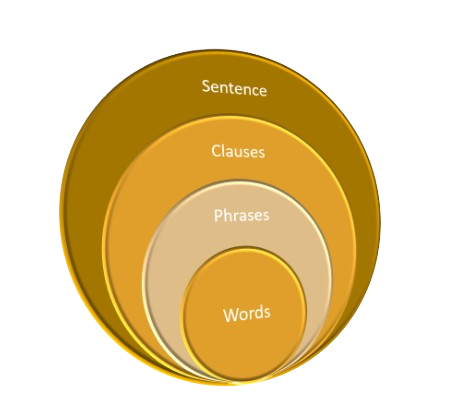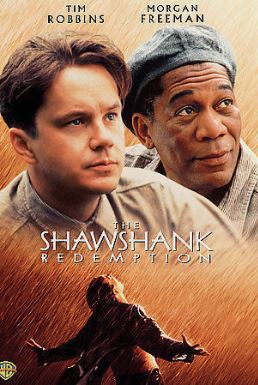Let sentences connect!
Go to Koren Version
Explore the Table of Contents
The theme of escape has always been a good subject for films, both past and present, because it involves the thrill of fluctuating between success and failure, and embodies the virtues of success such as the will for freedom and perseverance. “Papillon (1973),” starring Steve McQueen and Dustin Hoffman, made in 1973, is perhaps a prime example of such films. However, in films like “Cool Hand Luke (1967)” starring Paul Newman, and “Escape From Alcatraz (1979)” starring Clint Eastwood, escaping becomes something akin to a sport or science.
On the other hand, in “The Shawshank Redemption (1994),” escaping is a strategy for living well with a friend. The following are dialogues between the main characters Andy and his friend Red, who end up living well together through an escape.
RED: Bullshit. In here I’m the guy who can get it for you. Out there, all you need are Yellow Pages. I wouldn’t know where to begin. Pacific Ocean? Hell. Like to scare me to death, something that big.
ANDY: Not me. I didn’t shoot my wife and I didn’t shoot her lover, and whatever mistakes I made I’ve paid for them and then some. That hotel and that boat…I don’t think it’s too much to want. To look at the stars just after sunset. Touch the sand. Wade in the water. Feel free.
RED: Goddamn it, Andy, stop! Don’t do that to yourself! Talking about shitty pipedreams! Mexico’s down there, and you’re in here, and that’s the way it is!
ANDY: You’re right. It’s down there, and I’m in here. I guess it comes down to a simple choice, really. Get busy living or get busy dying.
A passage refers to a chunk of spoken or written words. This means it could be a sentence or more, or even part of a sentence. A sentence is made up of components such as words, phrases, and clauses, making words the smallest unit. On the other hand, a phrase is made up of more than one word. When a phrase includes a subject and a verb, it becomes a clause. A sentence is created by connecting several words, phrases, and clauses. However, both phrases and clauses can be considered as a single component. Although it may seem long and complex, in our syntactic order, it acts just like a single word.

There are mainly two ways to connect clauses. One is by enumerating clauses as if listing words, and the other involves having a main clause and connecting other clauses within it to function as part of speech.
Julia: Work hard. Take chances. Be very bold. <Julia, 1977>
When several sentences are enumerated and expressed, their meaning can be easily understood.
Alberto Aragon: This is the root of your life, the root of your family. You are bound to this land and to this family. Plant it. It will grow. <A Walk in the Clouds>
Or, as in the quote “Plant it. It will grow,” sentences can naturally be interpreted to mean “Plant it, and it will grow well” even without a conjunction, interpreted as ‘and.’
Another method is to smoothly connect two sentences using a suitable conjunction. This case can be considered as simply listing more than one piece of writing. The commonly used words for connecting sentences in this manner are conjunctions corresponding to ‘and, but, for, or, so’ in English.
Paul McCartney and Wings: Live and let die <Live and let die, 1973>
TESS McGill: I have a head for business and a bod for sin. (WORKING GIRL)
Jackie: I have their past, and you can have their future. (Step Mom)
Spartan King Leonidas: Give them nothing, but take from them everything! <300>
The old man: A man can be destroyed, but not defeated. <The Old Man and the Sea>
Frank Manero Jr.: You let ’em do that and you’re gonna end up in nothing but misery! <Saturday Night Fever, 1977>
After ‘And’ and ‘but,’ the next most commonly used conjunction is ‘or.’
Rambo: Live for nothing or die for something. (Rambo, 2008)
Carrol: You have no idea how much what you said just hurt my feelings. A compliment is something nice about somebody else. Now or never. <As Good As It Gets>
The word “for” is used to mean “because,” indicating a reason. However, in terms of grammar, when sentences are joined using “for,” it treats them as if they are on the same level, similar to how sentences are connected using words like “and,” “but,” or “or.”
Hans Gruber: “And when Alexander saw the breadth of his domain, he wept, for there were no more worlds to conquer.” Benefits of a classical education. <Die Hard, 1988>


답글 남기기